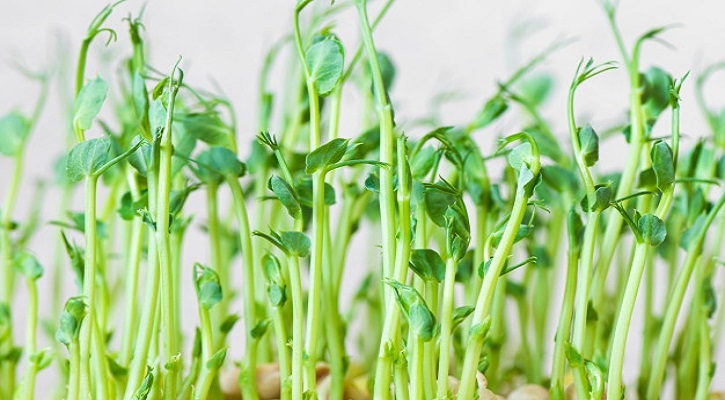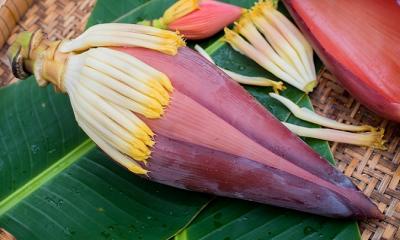
Health Benefits Of Microgreens
- Womenscorner Desk
- September 6, 2020
Microgreens might offer several benefits as an addition to the diet. Many fresh plant products provide vitamins, minerals, and fiber. These nutrients can help with:
Managing weight : Boosting both mental and physical health and well-being microgreens can offer all of these benefits and possibly more. Kale is available as a microgreen as well as a regular vegetable. Find out why it is good for you.
Antioxidant content : Many plant based foods are a good source of vitamins, minerals, and antioxidants. Vitamins and minerals play hundreds of roles in essential bodily processes. Antioxidants help the body eliminate unstable waste molecules known as free radicals.
Read More : What Are Microgreens?
Free radicals result from both natural bodily processes and environmental pressures, such as pollution. As they build up, they can lead to cell damage. Eventually, this damage may contribute to the development of diseases, such as cancer. The body can remove some free radicals, but they can still accumulate. Antioxidants from foods can help remove more of them. Plant based foods can provide antioxidants. There is evidence to suggest that microgreens have a high antioxidant content, which means that they may help prevent a range of diseases. The exact types of antioxidant will depend on the plant.
Microgreens from the Brassica family, which include broccoli, contain high levels of vitamin E, a phenolic antioxidant. Asteraceae microgreens, such as chicory and lettuce, appear to be high in vitamin A, or carotenoid antioxidants.
Read More : How to support one another in a relationship?
Sustainability : There is a growing interest in sustainability, and microgreens could be a good way to provide city dwelling families with locally produced seasonal vegetables at a low cost.
Microgreens are easy to grow at home in a confined space. A small outlay can provide a significant return in terms of bulk, variety, and nutrients. As they take just a few weeks to grow, it is possible to have an ongoing source of microgreens. By rotating three crops, for example, people could have fresh microgreens every week. Hydroponically grown microgreens do not even need soil. Experts have suggested that microgreens could even provide fresh and healthful food for astronauts.
Nutrition : The nutritional value of microgreens varies according to type, as with conventional vegetables.
Read More : Some Tips to Support Each Other in a Relationship
However, there is also evidence that some may contain a higher concentration of many nutrients than their mature, fully grown counterparts. According to the United States Department of Agriculture (USDA), 100 grams (g) of kale microgreens provides only 29 calories.
Other research has indicated that Brassica microgreens, which include kale, may be an especially good source of antioxidant vitamins and the minerals potassium and
calcium. A 100 g serving of sunflower and basil microgreen mix will provide:
- 28 calories
- 2.2 g of protein
- 4.4 g of carbohydrate
- 2.2 g of fiber
- 88 milligrams (mg) of calcium
- 15.9 mg of iron
- 66 mg of magnesium
- 66 mg of phosphorus
- 298 mg of potassium
- 11 mg of sodium
- 0.7 mg of zinc
- 6.6 mg of vitamin C
- 79.6 micrograms (mcg) of vitamin A
- 66 mcg of folate
Read More : How to be a Better Listener in Relationship?
The greens also contain selenium, manganese, and a range of B vitamins.
The same size serving of sunflower and beet micrograms contains similar amounts of each nutrient but provides more iron, at 23.9 mg. A 2012 study looked at the nutrient content of 25 different microgreens. The researchers found the highest concentrations of four different vitamins and carotenoids in the following items:
- red cabbage
- green daikon radish
- cilantro
- garnet amaranth
The key benefits of each microgreen varied. Red cabbage microgreens, for example, were rich in vitamin C but low in vitamin E. Green daikon radish microgreens were
rich in vitamin E but relatively low in lutein in comparison with cabbage, cilantro, and amaranth.
Eating a variety of vegetables and microgreens will supply more of these helpful nutrients.
Source : Google





